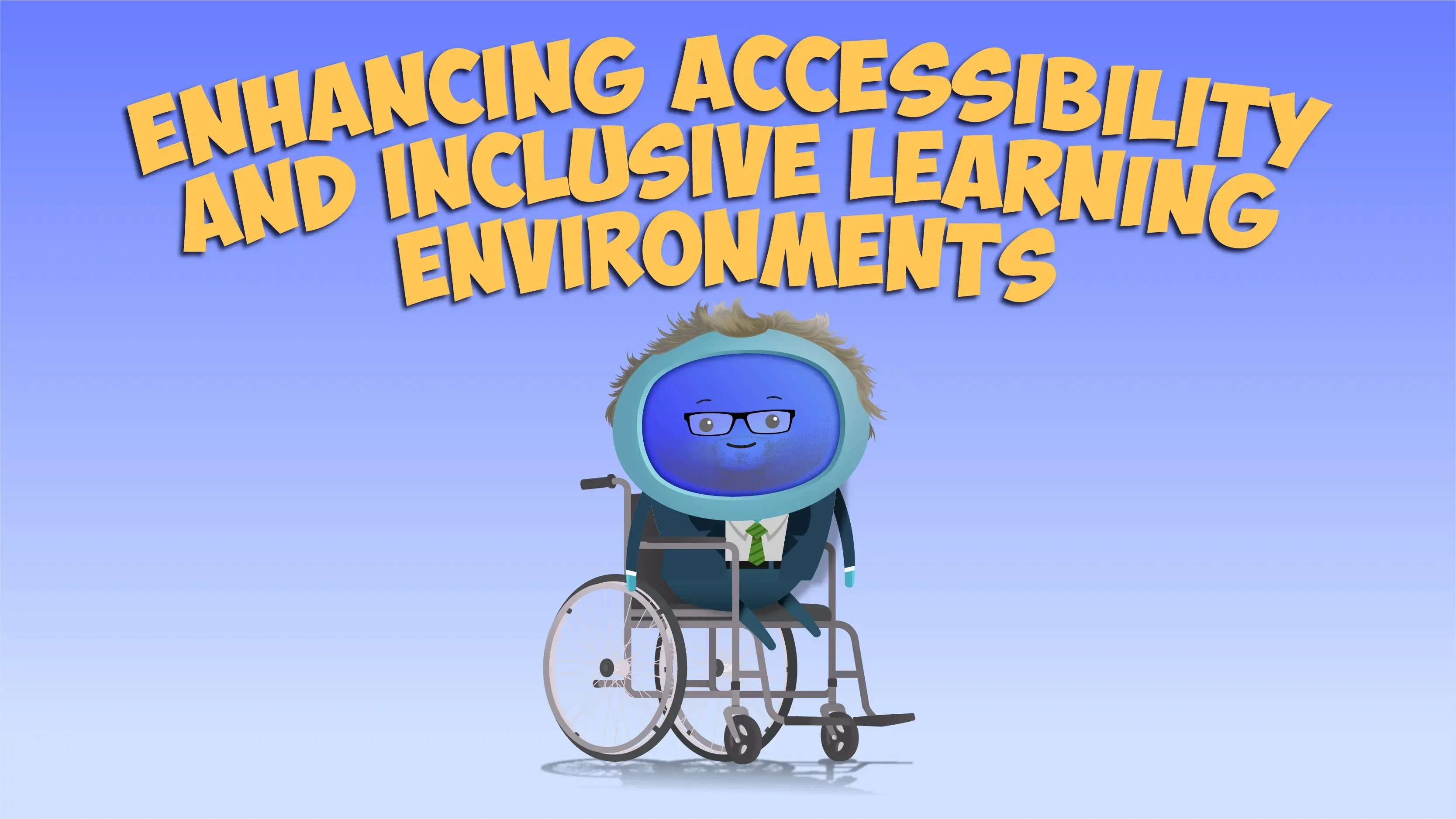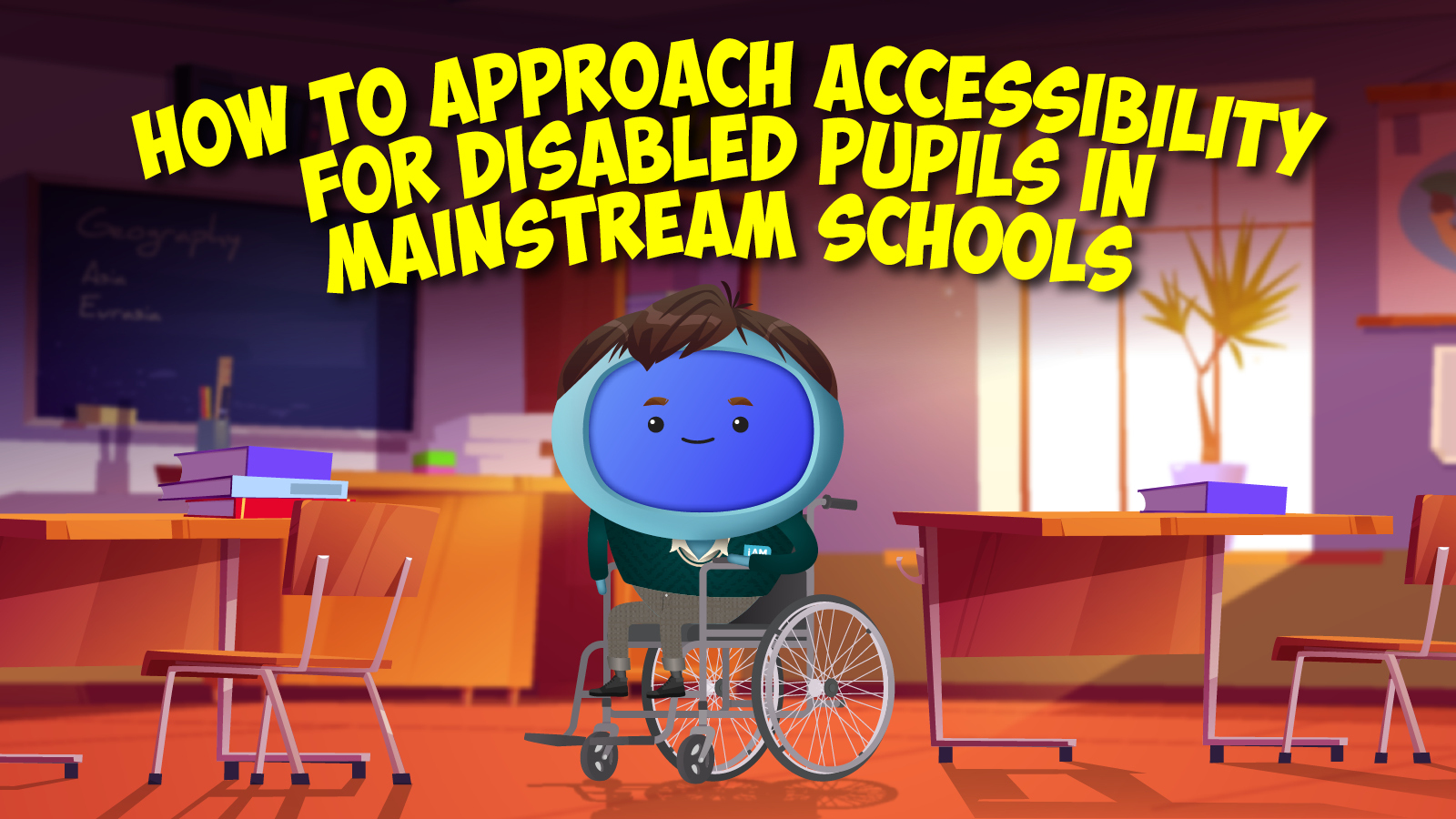Every pupil deserves the opportunity to learn in a safe and healthy school environment however it’s becoming increasingly difficult to achieve this in the face of budget pressures, rising inflation, and increasing numbers of children entering the education system.
The DfE recognised that there are serious concerns about the state of our school buildings, so they published a whole report on it! The reality is that buildings generally are built with a 50 year lifespan based on a 2% per year depreciation. You can improve the lifespan by regular planned preventative maintenance, but schools are so underfunded that they are not getting that maintenance, and so with schools from the 1950’s, 60s and 70s nearing the end of their structural lifespan and many riddled with asbestos and other dangerous materials, along with an £11.4Bn backlog in deferred maintenance, my question is:
Why isn’t the link between building conditions and pupil attainment levels higher on the agenda?
It's an issue that deserves more attention, and I'll explain why.
In other sectors where the building is being used to retain the customer for as long as possible because this directly reflects on the success of the organisation, millions of pounds are invested to make sure that the environment is absolutely perfect for the customer to enhance their experiences. Las Vegas with its huge hotel and casinos, for example, from the signature fragrances in air conditioning that enrich the gamer experience and heighten their senses, to the cool temperatures that maintain a sense of alertness and lighting that simulates daylight during darker hours to keep gamers playing for longer, every aspect of the environment has been engineered to create a positive atmosphere for anyone who walks through the door. Why? Because it’s critical to the bottom line.
Obviously, schools and multi-academy trusts are not in a world where copious amounts of money can be spent to maintain the learning environment but there are things that can be learned here. Certainly getting some of the basics right can be achievable and affordable, and these are Air, Light, Heat and Broken Windows, as I’ll explain.
Air
A recent report by BESA (Building Engineering Services Association) claimed that classroom air quality is a national scandal and a direct threat to the health and wellbeing of children and teachers. Through a survey of 133 schools commissioned by ventilation solutions provider Airflow Developments, it was found that almost three quarters (72%) of classrooms suffer from ‘below standard’ air quality and that this has a direct impact on student health by aggravating asthma and other lung conditions.
More than three in five teachers stated that poor air quality makes the classroom working environment unfit for purpose, affecting students’ ability to concentrate, and leading to antisocial or irritable behaviour. More than half (53%) of teachers in the survey also stated that poor classroom air quality reduces performance and grades.

Whilst this might not be the most scientific approach to understand the relationship between air quality and pupil attainment, there is science out there that supports the findings of this study.
Research by Shendell, D. G., et al. (2004) in the US explored the relationship between classroom ventilation rates and indoor air quality with school attendance and student performance. Seventy classrooms were tested over the period of a year and what they found was that classrooms with higher levels of carbon dioxide (CO2) had lower average daily attendance rates and pupils were slower in completing tasks.
It also revealed that this affected a pupil’s cognitive performance, with decreased attention and slower reaction times. Decision-making abilities were also affected. What’s more, classrooms with lower CO2 circulation experienced increased challenges with indoor pollutants, leading to fatigue, headaches, respiratory problems. As we all know, eventually these issues lead to a lower attendance rate.
Light
We've all heard about avoiding blue light exposure from mobile phones, tablets and laptops in the evening if we want to get a good night's sleep. And there’s scientific reasons for this.
The short wave-length of blue light has been scientifically proven to stimulate the brain more than any other light, so exposure late at night can lead to an undesired shift in the timing of the circadian body clock, making the brain more alert. This can lead to poor sleep quality. But the reverse is also true.
Research carried out by Brigham and Women’s Hospital revealed that exposure to blue light during the day directly and immediately improves alertness and performance. The Brigham researchers teamed with George Brainard, PhD, a professor of neurology at Thomas Jefferson University, who developed the specialised lighting equipment used in the study. During a 6 and a half hour period, one group of study participants was continuously exposed to blue light while a comparison group was exposed to an equal amount of medium-wavelength (green) light. Brain activity was monitored, reaction times were measured, and participants were asked to rate how sleepy they felt.
The study revealed that the participants that were exposed to blue light consistently rated themselves as less sleepy, had quicker reaction times, fewer attention lapses during performance tests and analysis appeared to show changes in brain activity patterns that indicated greater alertness.
In 2012, research was carried out in Germany with two schools to investigate the effects of light on pupil performance (Transfer Centre for Neuroscience and Learning, 2012). The light quality was changed and pupils were rotated to explore the impact of different lighting conditions on cognitive performance. One classroom was fitted with biologically-optimised white lighting (cool white) and the other with orange-tinted lighting (warm white). The results showed that alertness and the feeling of being awake was improved due to the lighting, cognitive performance improved and errors were reduced by a third.

Traditional lighting tended to be down the lower end of the lux level because they were tungsten filament lamps which warm up, get hot and glow to give the light output. We know now that this colour can impact on learner alertness and performance. Many buildings are moving towards cooler blue lighting because lamps can now be replaced on a like for like basis with lower energy LED lighting and a better understanding in the lighting world around improved cognitive functioning with different colours. Anything between 4,000k and 5,000k helps with concentration, improves memory recall and information comprehension.
In classrooms, regulations stipulate that lux levels (the amount of light in the room) should be 300 (although there are some tweaks to this depending on the classroom - science room and art rooms should be 500 lux for example). Lux level sensor switches are a great way to monitor and control lighting levels in classrooms. It’s highly recommended that you invest in these sensors because you can save the money you pay out because you are borrowing natural light to compensate for the lux you need, and that is because LED lighting also offers more control over how much lighting output is given. Plus LED lighting is more energy efficient so the additional win is that these are much cheaper to run!
Heat
Once again returning to our Las Vegas example, a cooler temperature is proven to keep you more alert. Research carried out in Sweden over a period of two years (The Effects of Moderately Raised Classroom Temperatures and Classroom Ventilation Rate on the Performance of Schoolwork by Children, Wargocki and Wyon, 2006), explored pupil performance in classrooms at different temperatures, with one room heated to 25°C and another at the lower temperature of 20°C. The study revealed that the speed at which pupils were completing tasks significantly improved whilst working in a room at a cooler temperature. The number of errors made was reduced and pupil behaviour improved with better engagement between the children.
Specifically, the reduced classroom temperature significantly improved the speed of addition, subtraction, reading and comprehension.
The conclusion here is that we’re all aware that the world is warming up so if the evidence suggests that elevated temperatures would improve educational attainment, surely this needs to be considered as temperatures are only going to go up.
Broken Windows
The Broken Window Theory was first coined by George Kelling and James Q Wilson in 1982. The theory suggests that if you break one window, it will lead to another window being broken: “One unrepaired broken window is a signal that no one cares, and so breaking more windows costs nothing.” The idea is that visible signs of disorder and neglect invite further negative behaviour and a lack of care for the school and wider environment, leading to more serious crimes and anti-social behaviour.
David Gunn, took over as Head of New York Transit Authority in the early 1980’s, and expertly applied the broken window theory to revitalise the city's subway system. With a keen understanding of the theory's premises, Gunn noted “The graffiti is symbolic of the collapse of the system” and sought to eradicate it as a means of improving the system's image. He understood that by changing the public's perception of the underground, they would be inspired to care more about it, leading to a sense of civic responsibility and the correction of any disrespect towards the city's assets. Through this astute approach, Gunn effectively instilled a sense of belonging and responsibility amongst New Yorkers, resulting in a drastic reduction in crime rates across the city.
How might this impact schools? Research has examined the concept of "broken windows" in schools, where a broken window can lead to a decline in social cohesion in the surrounding community. The study observed police presence during and outside of school hours and found that a lack of maintenance and care for the building can contribute to a spiral of disorder. As one broken window leads to another, people may begin to feel that nobody cares about the building, leading to a breakdown of community values and an attitude of apathy towards upkeep.
Ray Boyd, Headteacher of one of the schools involved in the research, commented: “Peripheral actions in schools actually impact on all aspects of the school culture and operations. School leaders, school staff and education assistants all face aspects of the Broken Windows Theory every day in every aspect of the schools’ operations. Regardless of how small, or insignificant actions or incidents may appear, they all form an integral part of the fabric which moulds the acceptable behaviours of students, which in turn creates the culture that permeates the school setting.”
What’s clear here is that the school environment goes much further than merely serving as a space for learning. It’s integral to the school culture. By maintaining the environment and addressing visible signs of disorder and neglect, like repairing broken windows, picking up rubbish and removing graffiti, it sends a very clear message to everyone in the school community that the expectation is that the environment should be respected. This creates a positive culture within the school and wider community that permeates beyond the classroom into behaviour and respect.
Summary
It’s fair to say that there’s a wealth of evidence to support that the quality and condition of school premises does in fact impact student performance and wellbeing. To add to that, the DfE’s Good Estates Management for Schools guide states that one in five teachers quit because of the condition of their school environment. If the school environment not only impacts pupil attainment but also affects schools and MATs’ ability to retain the best teaching professionals, surely this issue must be addressed as a priority?
So I’ll end on the question I started with: Why isn’t the link for school building conditions and pupil attainment levels higher on the agenda?
We can help with your estates management
Here at iAM Compliant, we have a system in place to enable you to maintain your school or MAT estate with ease. Our online tool brings together all the useful data you need into one place, regardless of how many rooms or buildings are in your estate. Maintenance makes up just one element of managing your school’s estate because all fixtures and fittings require updates and repairs over time.
If you're interested in finding an easier, more time and cost-effective way to manage your estate, check out our Estates Management for Schools tool. Alternatively, you can take a free trial to try it for yourself or arrange a demo with the team to discover how iAM Compliant could help you.



